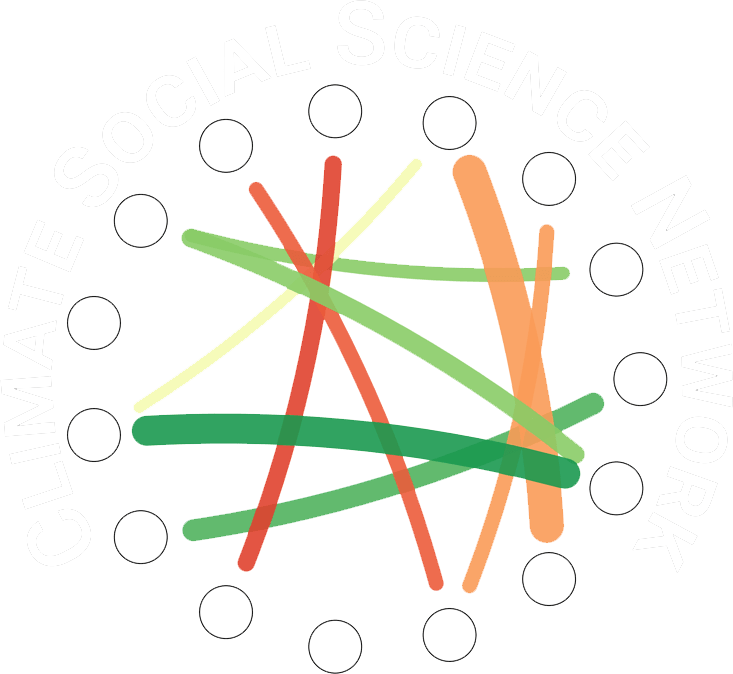Given the importance of advocacy for climate policy development, CSSN Scholars Samuel Trachtman and Jonas Meckling examine whether pro-climate groups are concentrated in US states where the politics are most opportune or emissions are greatest.
Introduction:
Climate change is a problem of global scope. Despite this, in many countries, subnational actors such as state governments have led the way in adopting policies aimed at reducing greenhouse gas emissions, in particular in the USA (Kuramochi et al. 2020). State policies, in addition to directly driving emission reductions (Peng et al. 2021), can increase momentum for national-level policy—for instance, by increasing the political power of renewable energy interests (Trachtman 2019). Yet, even as some subnational governments have become climate policy leaders, others have stagnated or retrenched (Basseches et al. 2022). A key factor for climate leadership and emission reductions is the presence and power of climate advocates (Fraser and Temocin 2021, Böhler et al. 2022) to take on the continuing political clout of fossil fuel interests (Brulle et al. 2021). Given the importance of advocacy for climate policy development, we ask how climate mitigation advocacy is distributed across US states. Specifically, we examine whether pro-climate groups—both environmental groups and clean energy interests—are concentrated where the politics are most opportune or the emissions are greatest. While we know the distribution of public opinion across US states (Howe et al. 2015), existing work has not explored the distribution of climate advocacy across states. We present data on pro-climate groups lobbying state governments from the year 2017, newly curated using a machine learning model. The year 2017 was during a period when Republican control of federal government led to a renewed focus on achieving policy gains at the state level. We find a threefold climate advocacy gap: the representation of pro-climate groups is low (1) as a proportion of energy-related interest groups, (2) in Republican-leaning states, and (3) in states with high total carbon emissions.



